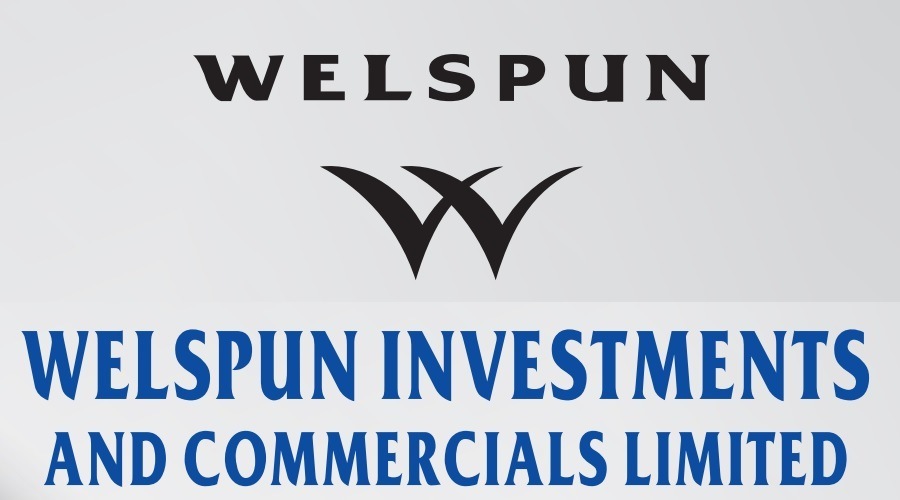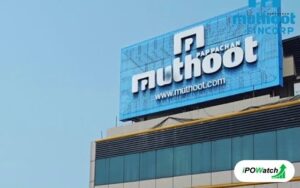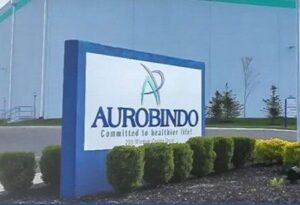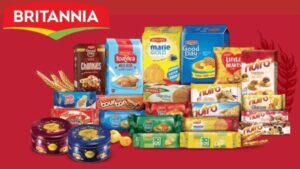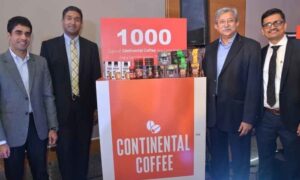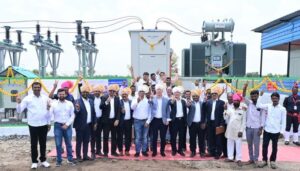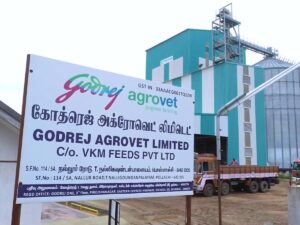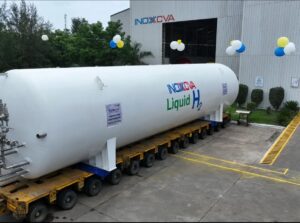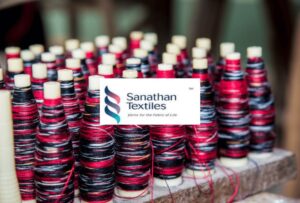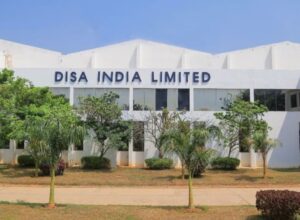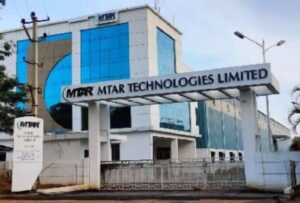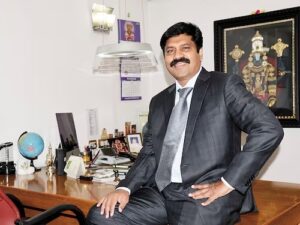1. At a Glance
If passive investing were an Olympic sport,Welspun Investments & Commercials Ltd (WICL)would be on the podium polishing its gold medal. With amarket cap of ₹425 crore, acurrent price of ₹1,164, andsales barely scraping ₹5.19 crore, the company manages to sport aP/E of 126—yes, you read that right. For a business that earns its bread mostly throughdividends from other Welspun group companies, it’s practically the mutual fund your grandpa could never redeem.
In the latest quarter (Q2FY26), WICL reportedsales of ₹4.90 croreand aPAT of ₹3.49 crore, reflecting the consistency of a monk’s heartbeat—steady but uneventful. Despite this, the stock is up11.1% in 3 monthsand a sweet52.8% in 6 months, because apparently, doing nothing productively is now a core business strategy.
And if that wasn’t enough zen, consider this: it trades at0.58x its book value, yet themarket value of its investments (~₹820 crore)isalmost double its market cap. No debt, no drama, and no dividend. Just quiet compounding in true “paisa banega patience se” fashion.
2. Introduction
Welcome to the world ofWelspun Investments & Commercials Ltd, the financial equivalent of that friend who owns too many mutual funds and never sells any. Incorporated in2008, the company’s core skill seems to benot manufacturing anything tangible—just collecting dividends, watching stock prices of other Welspun entities, and occasionally trading textile products or commodities when it gets bored.
Imagine if your family group chat was a company—everyone invested in each other, nobody made actual sales, and the only profit came from the cousin who gave dividends. That’s WICL in a nutshell.
Its biggest flex? It’s part of theWelspun Group, the industrial empire ofBalkrishan Goenka, known for steel pipes, infrastructure, textiles, and even renewable energy. WICL just sits in the corner, holding shares of these companies like a proud elder sibling who prefers watching the family drama unfold rather than participating.
Financially, it’s pristine—zero debt,tiny expenses, and85%+ operating marginsthat would make FMCG giants blush. But return ratios are another story:ROE of 0.62%andROCE of 0.83%, proving that the company’s cash earns less than a fixed deposit.
Still, markets love a story, and WICL’s is one of serene simplicity—a company that thrives by not doing much at all.
3. Business Model – WTF Do They Even Do?
Let’s decode this minimalist masterpiece.
WICL is registered as aNon-Deposit Taking Core Investment Company (CIC)under RBI’s classification. In plain English, that means itholds shares in other companies(mostly Welspun group entities) and earns fromdividends and capital gains—no fancy lending, no credit cards, no fintech apps, nothing.
Its revenue mix is as thrilling as a power nap:
- 97% Dividend Income,
- 2% Interest Income,
- 1% Fair Value Gains.
That’s it. No products to market, no receivables to chase, and no factories to shut down during monsoon.
To keep things interesting, it occasionally trades intextile products and commodities, though those make up a microscopic slice of total sales. The company basically exists tohold equity in group firms like Welspun Corp, Welspun Enterprises, Welspun Living, and others, which handle the real-world hustle of steel pipes, infrastructure, and home textiles.
So yes, WICL’s business model is essentially“buy, hold, and chill”.
4. Financials Overview
| Metric (₹ Cr) | Latest Qtr (Sep’25) | YoY Qtr (Sep’24) | Prev Qtr (Jun’25) | YoY % | QoQ % |
|---|---|---|---|---|---|
| Revenue | 4.90 | 4.88 | 0.04 | 0.41% | +12,150%* |
| EBITDA | 4.57 | 4.82 | -0.20 | -5.2% | +2,385% |
| PAT | 3.49 | 3.61 | -0.20 | -3.3% | +1,845% |
| EPS (₹) | 9.55 | 9.88 | -0.55 | -3.3% | +1,836% |
*QoQ jump looks absurd because
Jun’25 was nearly flat—WICL’s quarterly pattern is a masterclass in erratic boredom.
Commentary:The company’s P&L looks like a textbook case of “tiny inputs, decent profits.” WithOperating Profit Margins of 93%, WICL might just be India’s highest-margin entity that sells practically nothing. TheEPS of ₹9.55annualizes to ₹38.2, implying aP/E of 30× on core earnings—but markets, being generous, still quote it at126× trailing. Why? Because value unlocking, baby.
5. Valuation Discussion – Fair Value Range
Let’s play valuation bingo, shall we?
a)P/E Method
- EPS (TTM): ₹9.19
- Reasonable P/E range for investment holding cos: 25–40×
- Fair Value Range = ₹9.19 × (25 to 40) =₹230 – ₹368
b)EV / EBITDA Method
- EV = ₹425 Cr
- EBITDA (TTM) = ₹4.42 Cr
- EV/EBITDA = 96× currently (!).Even at a saner 25–35× range,Fair Value ≈ ₹110 – ₹155 Cr, i.e.,₹300–₹400/share.
c)Net Asset Value (NAV) Method
- Investments on books: ₹822.77 Cr
- Market Cap: ₹425 Cr
- Price to NAV = 0.52×Even a modest rerating to 0.8× NAV would give:0.8 × 822.77 =₹658 Cr ⇒ ₹1,800/share
✅Educational Fair Value Range (based on multiple approaches): ₹350 – ₹1,800 per share.
Disclaimer: This range is for educational purposes only and not investment advice.
6. What’s Cooking – News, Triggers, Drama
The biggest drama here isn’t in the operations—it’s in the silence.
Recent announcements read like a compliance checklist:
- Q2FY26 profit ₹3.49 crore, board approved results, auditors smiled, everyone went home.
- Trading window closedfrom Oct 1 to Nov 7.
- AGM in September 2025approved accounts, appointed Hardik Dhebar to the board, and renewed auditors (CNK & Associates LLP) for five years.
- New Brand Identitylaunched in July 2023 asWelspun World, a slick move that connects all Welspun group entities under
